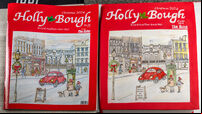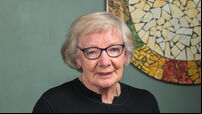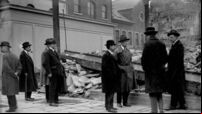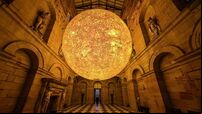Almost 70 years of watching life on Cork's Patrick Street

The Munster Arcade, the Munster & Leinster bank, Cudmore's and Cash's can be seen in a busy Christmas scene in St. Patrick's Street.
Eileen Twomey is always looking down on Patrick Street. Her lofty perspective has nothing to do with any wayward sense of self, however, or ‘notions’ as we like to say in Cork. She literally lives above the street. And is one of its last official residents.
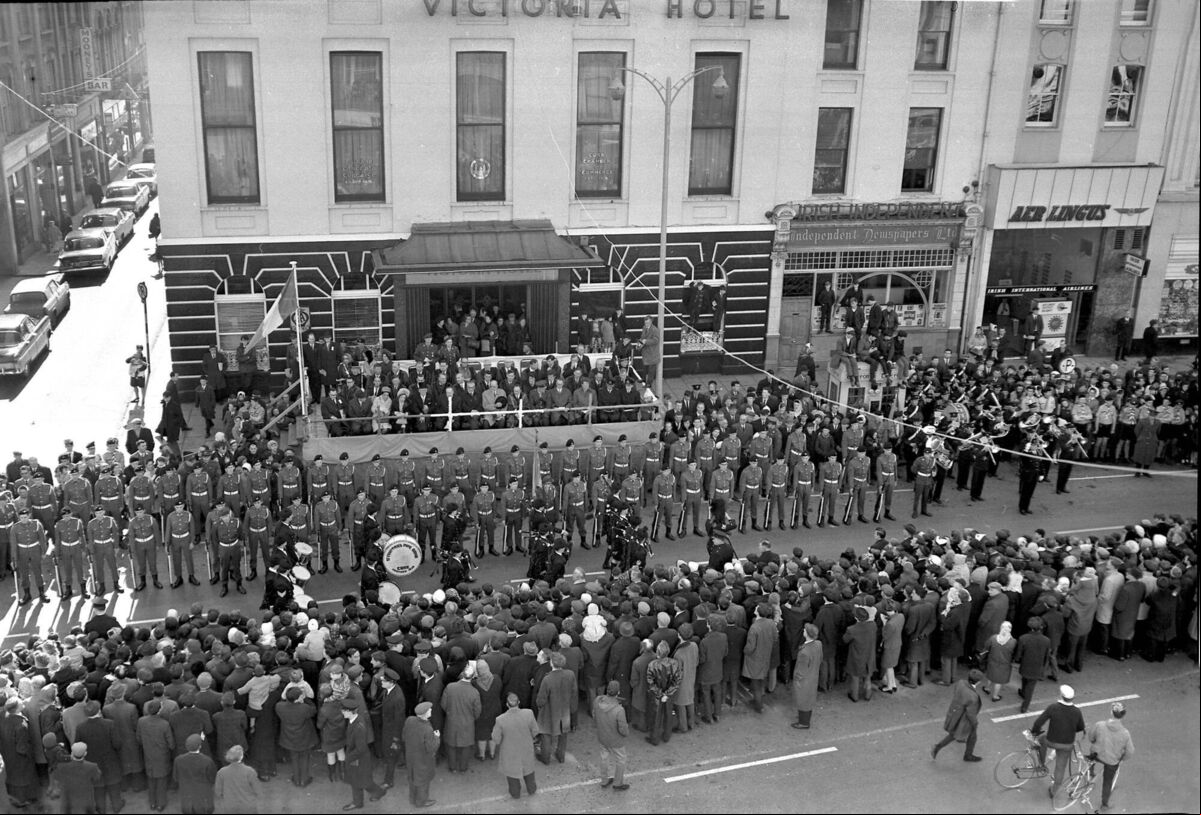

Of course, nothing could compare to the movie-star glamour on display at the annual Film Festival that took place in the Savoy, a few doors away.
“I saw a man in a canoe. And heard that Murphy’s Brewery horses and dray took people off the steps of the Capital, Pavilion and Savoy cinemas to the safety of Bridge Street where they were above the water level.”
There was an exquisite cigar and tobacco shop on the now-extinct Merchant’s Street (a side street between Roches Stores and the building beside it), The Tivoli Restaurant, the ornate tiled facades of the little tourist office located beside the Savoy Theatre and the Swan and Cygnet pub, where the current Tourist Office stands. Gilberts art supplies selling those distinctive Tretchikoff prints “the likes you’d see in editions of House and Gardens or Woman in Home magazines”, Vard’s and Rohu’s furriers, the Old Bridge café which was a popular tea-spot for those walking Pana, Dowden’s magnificent ladies outfitters, Cudmore’s sweet shop, Bolgers, Piggots music store.
This article appeared this year's .
The 2024 is now on sale and can be purchased here.

